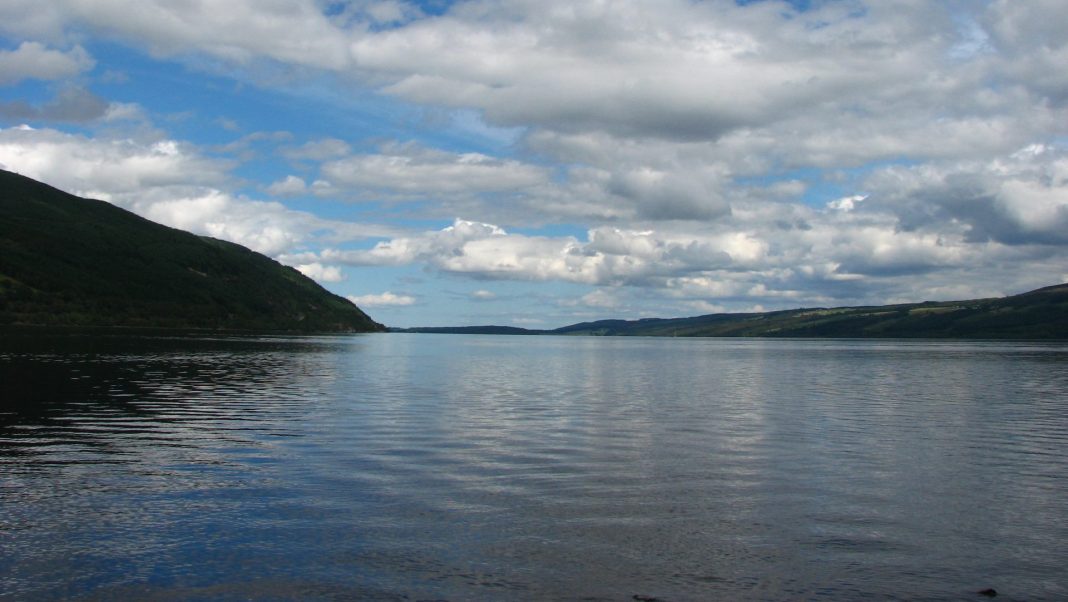University of Oxford biology professor Timothy Coulson has recently argued against the existence of cryptids such as the Loch Ness Monster, Bigfoot, and the Yeti in an article written for The European. Coulson cites the lack of credible evidence and their incompatibility with evolutionary science, concluding that they are all just “fun figments of our imagination.”
Professor Coulson argues that the extensive effort to survey biodiversity, including the use of highly effective camera traps, makes it extraordinarily unlikely that any large, undiscovered species remain undetected. Hundreds of these motion-activated cameras have been deployed for years in areas where Bigfoot and the Yeti are rumoured to exist, yet not a single credible recording has surfaced. For these large animals, the probability of their absence exceeds 99% relatively quickly.
Professor Coulson told Cherwell: “It is more likely that somewhere in the universe, Chewbacca’s cousins are living on a planet they call Kashyyyk.”
At Oxford, Coulson is a Professorial Fellow at Jesus College and former head of Zoology. His work focuses on how changes in apex predator numbers impact ecosystems over long time periods. Coulson has just published his first popular science book entitled A Universal History of Us: A 13 Billion Year Tale from the Big Bang to You, which explores the origins of the human species by incorporating many different scientific disciplines.
In the article, he argues that biologically, Bigfoot’s existence is unlikely. Great apes evolved in Africa, Asia, and Europe, and the only one to reach North America is Homo sapiens, arriving just 16,000 years ago—far too recent for a new species to evolve.
Similarly, the Loch Ness Monster is frequently speculated to be a close relative of the plesiosaur, a marine reptile that went extinct 66 million years ago. While fossil evidence confirms that plesiosaurs existed before the dinosaur extinction, no remains have been discovered of the millions of plesiosaurs that would have existed since then if the species had survived up to the present.
Professor Coulson finds belief in cryptids amusing, noting, “You can’t have a sensible discussion with people who do not look at evidence and make up evidence-free narratives in their head. There is little prospect of changing the mind of such folk.” He has “more rewarding things to spend my time on than engaging in a futile debate.”
As for the Loch Ness Monster, scientific exploration has been far less extensive. While it’s impossible to rule out every unknown species, the idea that a large, undiscovered creature has gone unnoticed for decades is highly improbable. Professor Coulson tells Cherwell that people who still choose to believe in the existence of these creatures dismiss concrete evidence against their existence and pin their beliefs to hoax photos. He notes an anecdote of a large model of the Loch Ness Monster created for a film reportedly being lost in the Loch—potentially fueling mistaken sightings.
Unlike cryptids, Coulson acknowledges a “good possibility” that aliens exist. While we have thoroughly explored Bigfoot and Yeti habitats, we have only studied a “very tiny fragment” of the universe. Our search for extraterrestrial life has lasted just a century—a blink in the 13.8-billion-year history of the universe—and our technology remains far from capable of exploring it fully.
But regarding belief in cryptids, Coulson isn’t too concerned, remarking, “Let them believe their nonsense if it makes them happy.”


